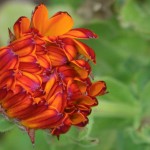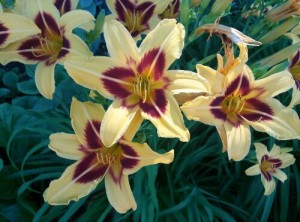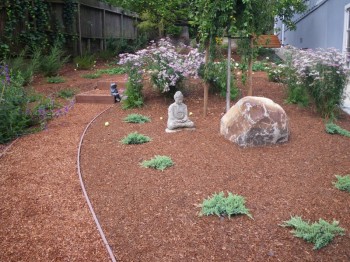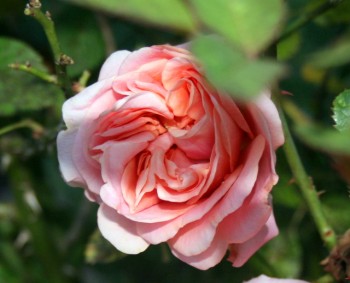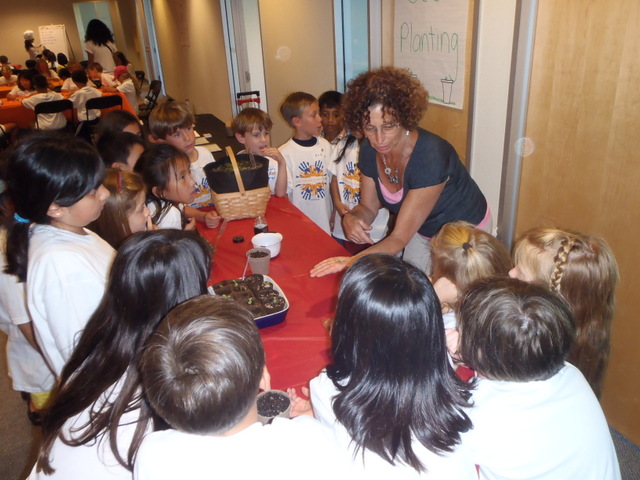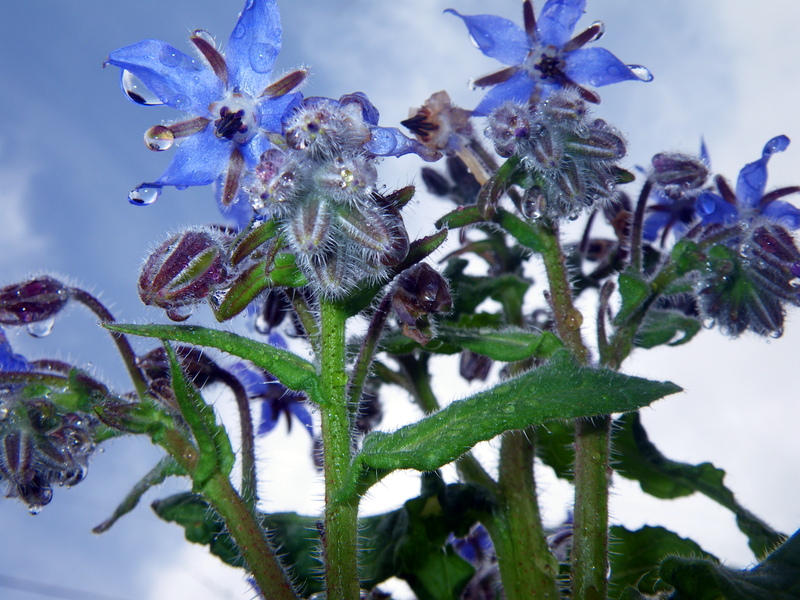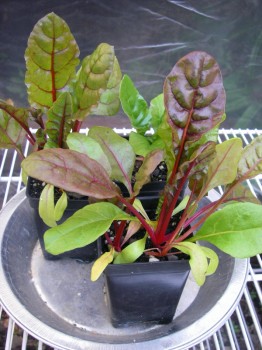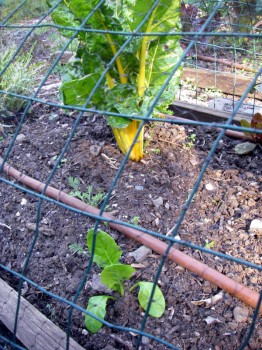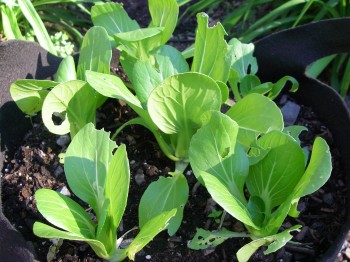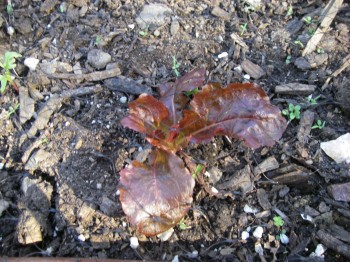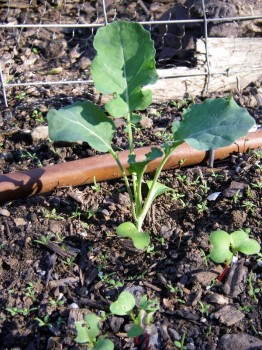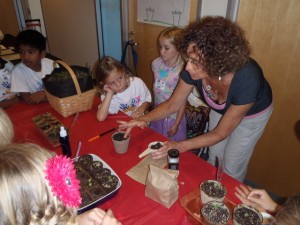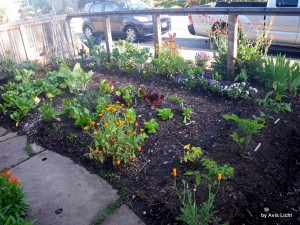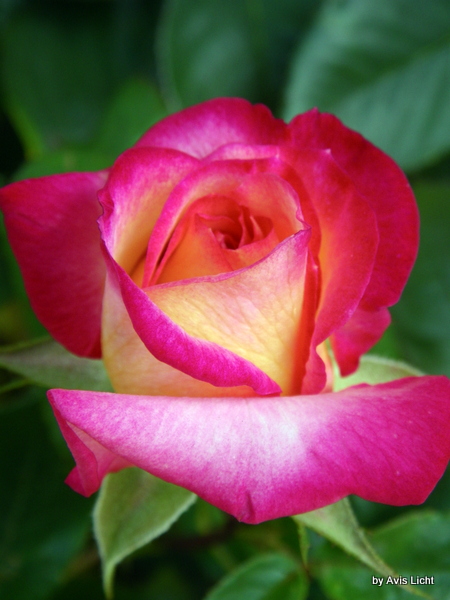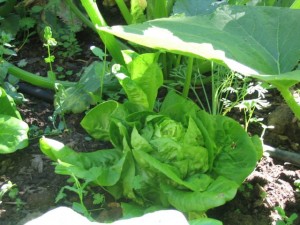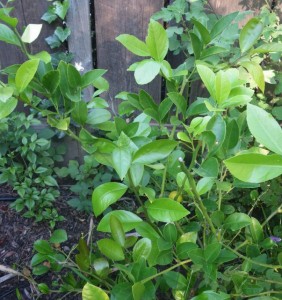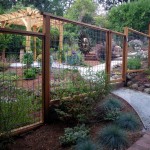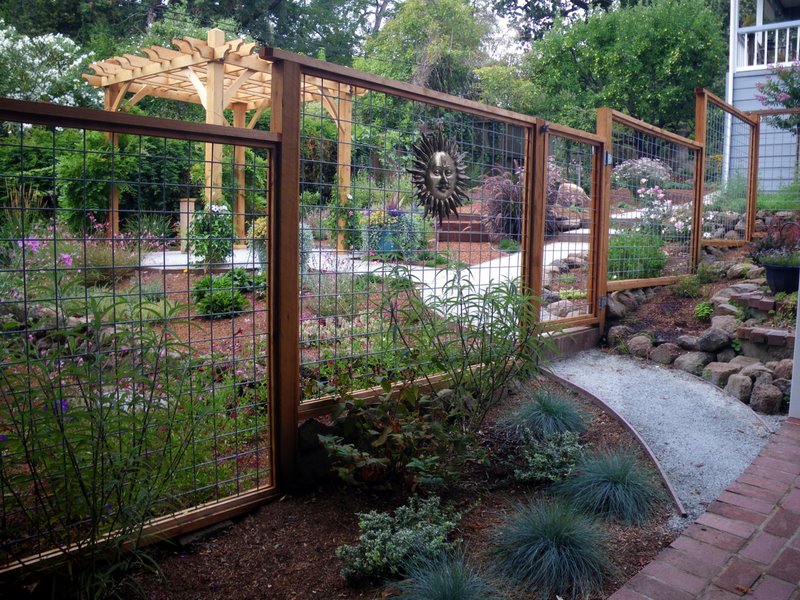
Path into the Garden
Walking up the brick path to the front door, you can see a well defined path on the left leading through an open wire fence. It just makes you want to go there. This path is made of decomposed granite, also known as DG. It is easy to lay down, and weed resistant. In this case we added a stabilizer to the granite to make it even more sturdy.
In the picture below you can see how we leveled the area and put a weed barrier down first. We did the same treatment for both DG and Redwood Bark paths.
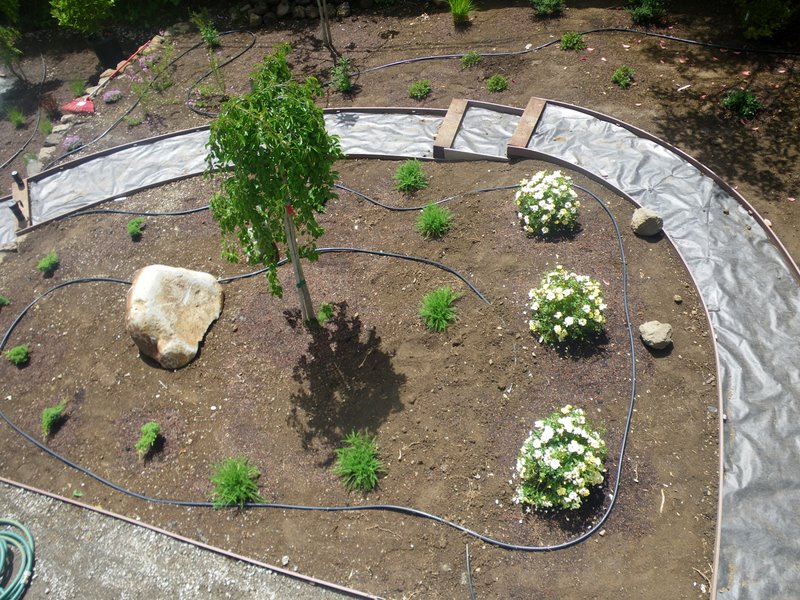
Laying weed barrier on path below your final material
The path leading into the garden, is more informal and we used Redwood Bark. It looks like it belongs in the garden, but still leads you through easily and safely. The curve of the path adds design interest and takes you up the hill with fewer steps.
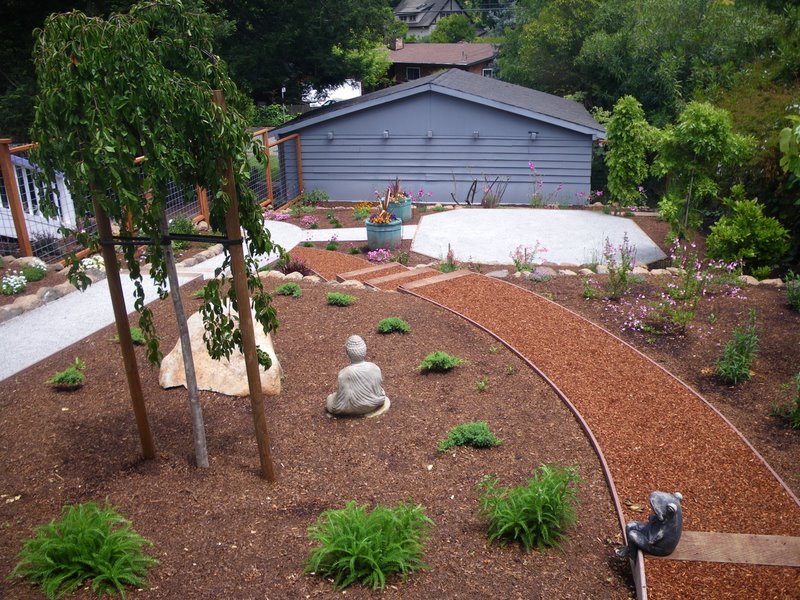
The informal bark path is still easy to walk on
Paths do much more than take you somewhere. A path to the front door should also welcome you and be safe and clearly defined. A front door gets lots of traffic, from toddlers to the elderly, who may be using canes or walkers.
You want the front entrance to be clearly identified, stable, with no tripping spots and well lit.
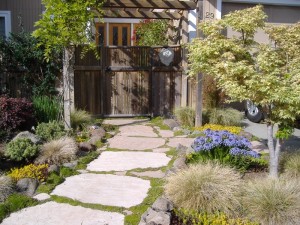
A well laid, flagstone path, sturdy yet still informal
Although this path is flagstone, it used large stones, is laid very flat and is clearly defined. It makes a very welcoming entrance.
Paths in the garden not only allow you access to the plants to maintain the beds, but prevent compaction and erosion. Plants need oxygen and water and aerated soil for their roots to grow. Each time you step on the soil you compact it more. After even only a few times, you will find that water doesn’t enter easily, the soil becomes hard and plants won’t get the oxygen and nutrients they need.
Here are examples of simple, easy paths to put in your garden.
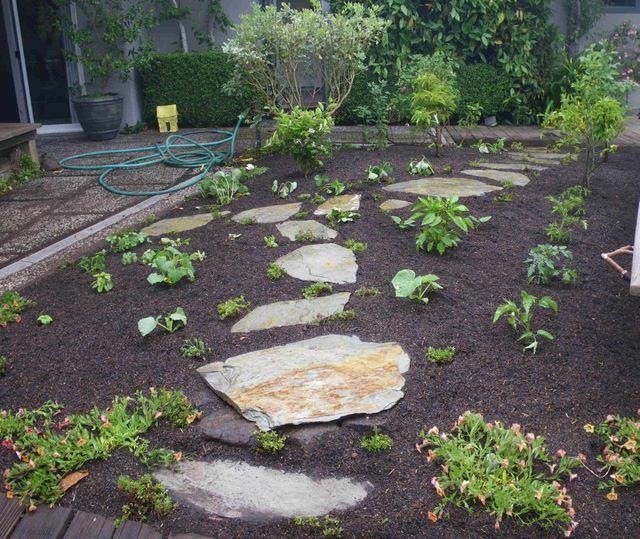
Stepping stones in the garden prevent compaction
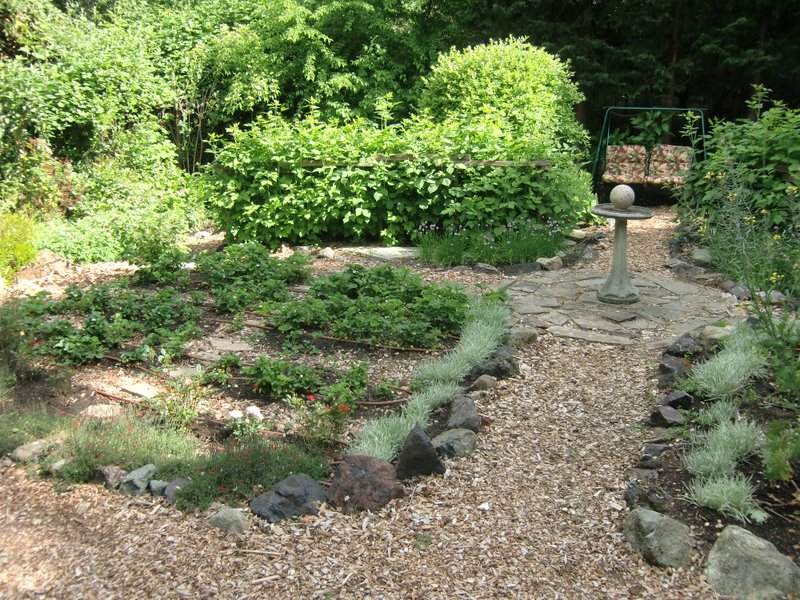
Free chips laid on a path work well too
In the picture above, you can see small stepping stones in the bed on the left. They are there to walk through the strawberry bed without compacting the soil.
Under the chips in this garden, we laid old sheets and towels to keep the weeds down. I really don’t like using plastic in the garden. Cotton is an organic material that lets water through, keeps the weeds from growing and will eventually break down into soil. Plastic weed barriers just break up into little pieces of plastic that will be there for the next thousand of years. Think twice before using plastic in the garden.
Another example of a beautiful stone stepping path. Easy to lay and beautiful to look at.
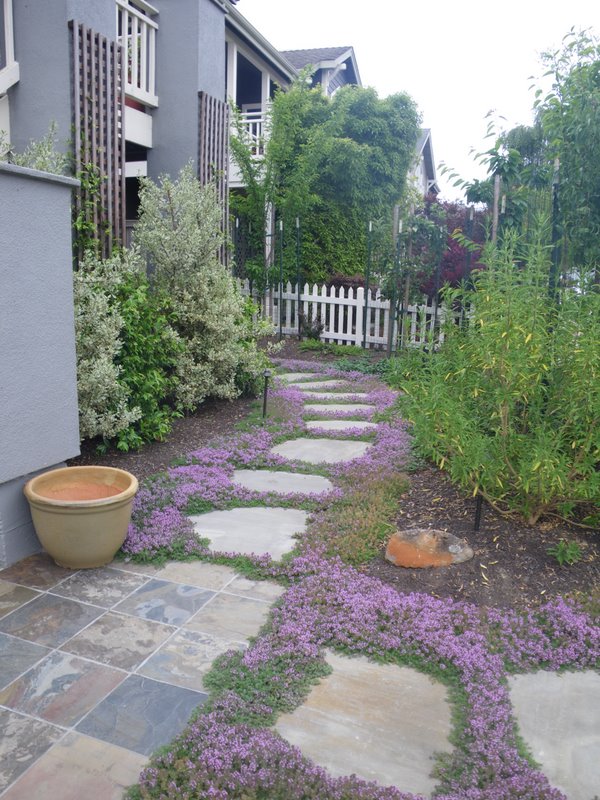
Slate stone entry and stepping stones to the back yard
